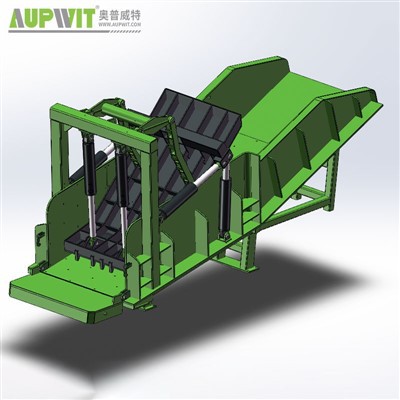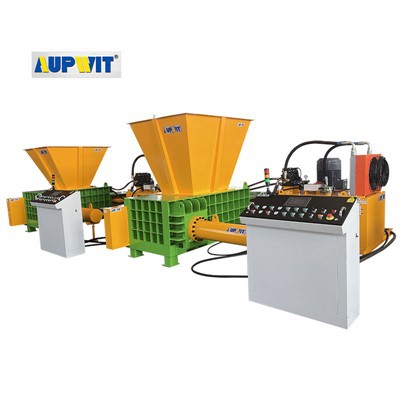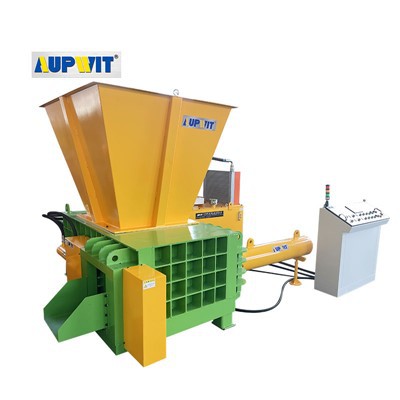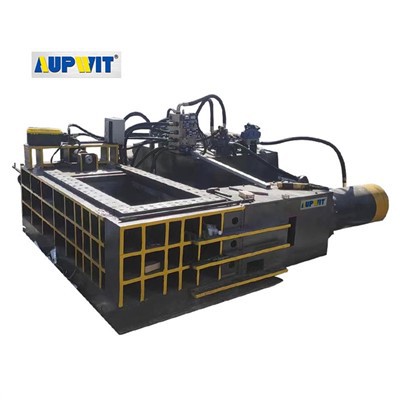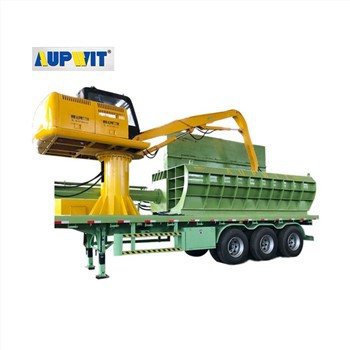Working Principle of Power Shearing Machines
The working principle of a power shearing machine revolves around converting mechanical or hydraulic energy into precise, controlled shearing force to cut through sheet materials like metal, plastic, or leather.
At its core, the machine relies on three key components: a fixed lower blade, a movable upper blade, a power source (typically an electric motor or hydraulic pump), and a linkage system.
When activated, the electric motor drives a flywheel or hydraulic pump, storing and transferring energy to the upper blade assembly. The upper blade is mounted on a ram, which moves in a controlled downward (or angular) motion toward the stationary lower blade. The blades are positioned with a slight clearance and often at a small angle (shear angle) to reduce the force needed and minimize material distortion during cutting.
As the upper blade descends, it contacts the material clamped firmly against the lower blade by a hold-down mechanism—this prevents slippage and ensures a clean cut. The shearing action occurs as the overlapping blades exert enough force to exceed the material's shear strength, separating the sheet along a straight line.
Modern machines integrate mechanical linkages or hydraulic cylinders to regulate the blade's speed and pressure, adapting to different material thicknesses. A clutch or control system manages the cycle, allowing operators to adjust the stroke length and cutting speed. Once the cut is complete, a return spring or hydraulic pressure lifts the upper blade back to its starting position, ready for the next cycle.
This combination of:
- Energy conversion
- Precise blade alignment
- Material clamping
ensures efficient, accurate, and repeatable cuts, making power shearing machines indispensable in metalworking and fabrication industries.


